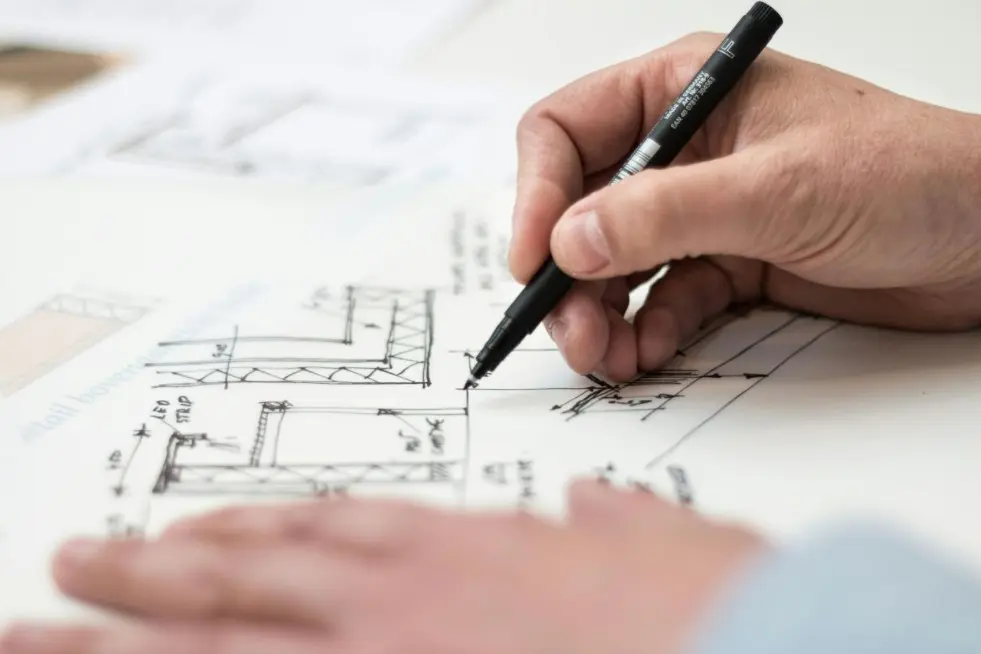Sustainability is no longer just a buzzword; it’s a necessity. Across industries, businesses and consumers alike are seeking greener solutions to address climate change and environmental preservation. The realm of building design has been no exception, with sustainable building practices quickly becoming an essential component in construction projects of all sizes. At the heart of this transition lies a key influencer: architectural expertise.
Architectural firm 3rd Story Architecture has taken sustainable design from a concept to a craft, merging creative vision with eco-conscious principles. But what exactly makes architectural expertise so pivotal in shaping sustainable solutions? This blog will explore the core principles of sustainable design, the architect’s role in their implementation, and how expertise provides solutions to common challenges in this field.
What is Sustainable Design?
Sustainable design focuses on creating structures that leave a minimal negative impact on the environment while supporting healthier, high-quality living and working spaces. It’s not just about reducing energy bills or using solar panels; it’s about thoughtful and informed design choices that encompass a range of elements.
Core Principles of Sustainable Design
Energy Efficiency
Energy-efficient buildings focus on reducing energy consumption and optimizing renewable energy use. Architects achieve this by integrating features like natural ventilation, insulation, and strategically designed windows for improved lighting.
Material Selection
Sustainable buildings rely on the smart use of eco-friendly and locally-sourced building materials. Bamboo, recycled steel, and low-VOC paints are just some examples of materials that architects might incorporate into their plans.
Waste Reduction
Architects often play a vital role in minimizing construction waste through efficient planning and by designing systems that encourage recycling and reuse, including composting units or water-recycling systems.
Adaptability and Longevity
A sustainable building should adapt to changing needs. Architects design flexible spaces that can be reimagined over time, extending the usage of the building and preventing premature demolition.
The Role of Architects in Sustainable Design
Architects stand at the intersection of vision and necessity when it comes to sustainable design. Their expertise allows them to integrate sustainable practices into functional and aesthetically pleasing designs, ensuring that environmental responsibility doesn’t come at the cost of comfort or beauty.
At 3rd Story Architecture, architectural practice is steeped in sustainable innovation. They employ advanced drafting tools and modeling methods to simulate energy performance, helping clients visualize how their projects align with green standards. Beyond that, their professionals understand how to balance client budgets while implementing sustainable features for long-term value.
Architects’ Contributions at a Glance:
- Collaborating with engineers to integrate solar panels, green roofs, or geothermal systems into the design plan.
- Optimizing building orientation for maximum daylight use while minimizing energy needs.
- Sourcing materials that meet high environmental and performance standards.
- Making technical adjustments to align with regulatory requirements for sustainability.
Without architectural expertise, these layered sustainable choices could get lost in overly simplified or impractical designs.
Overcoming Challenges in Sustainable Building
Sustainable building often comes with its fair share of obstacles. Initial costs, technological limitations, and gaps in local expertise are some of the primary challenges that can deter projects from pursuing green solutions. However, this is where experienced firms like 3rd Story Architecture really shine.
Key Challenges and Architectural Solutions
Budget Constraints
Green technologies can be costly upfront, leading many to shy away from sustainable solutions. Architects help by locating cost-effective alternatives or designing energy-efficient features that result in long-term savings.
Regulatory Hurdles
Sustainable buildings must meet a multitude of codes and certifications. Architects understand these regulations and ensure the design complies fully while still achieving the client’s vision.
Building for the Future
Adapting to an unpredictable future can feel overwhelming for developers. Architects think ahead, anticipating future needs such as electric vehicle charging stations or evolving energy standards.
When paired with the insights of firms like 3rd Story Architecture, these challenges become opportunities to innovate and lead the way in sustainable construction practices.
Building a Greener Future with Expertise
Sustainability in construction is a growing necessity, and architectural expertise holds the key to making it a reality. From the thoughtful implementation of eco-friendly materials to the precision of future-ready designs, architects bring a holistic vision that ensures sustainability is practical, accessible, and effective.
Whether you are planning a commercial property, residential building, or revamping an existing structure, partnering with experienced architectural professionals is invaluable. Firms like 3rd Story Architecture excel in providing tailored, innovative solutions while keeping sustainability at the forefront.
By appreciating and investing in architectural expertise, businesses and communities can create structures that not only meet modern environmental standards but also inspire the shift toward a more sustainable future.
Also Read-The Influence of Browsers in Modern Technology


